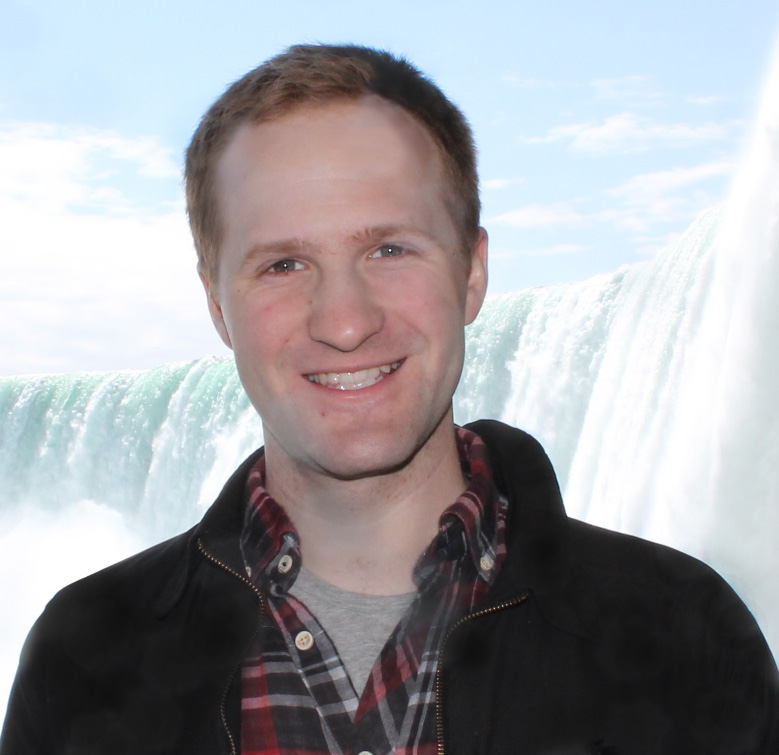How can we create engaging haptics? A good design process is essential, but haptic experience design lags behind other modalities, lacking established processes, tools, and common vocabulary. We will explore community interest on supporting the design of convincing, captivating haptic experiences.
This hands-on workshop will focus on three topics:
Four invited speakers from academia and industry will present their experience designing haptics. Workshop participants will provide input through a breakout sessions. The intended outcome is a set of use cases, examples, goals, and methodological approaches suitable for future research.
Researchers, engineers, designers, artists, and anyone else interested in how we can apply design thinking to haptics. This includes existing and potential haptic designers, who create technological experiences that leverage the sense of touch, members of industry, such as those creating commercial haptic games, apps, and other products, and academic researchers interested in the experience of touch.

Ali is a haptics researcher and engineer with Disney Research, the Walt Disney Company, exploring the use of haptic technologies in entertainment, educational, and assistive media. Ali has created a multitude of multisensory user experiences and stimulated users in virtual environments, entertainment, educational and therapeutic settings; with mobile, wearable and handheld gaming consumer devices; training, autos, medical and assistive applications; and many more.

David has been creating haptic experiences for over 10 years, applying haptics to the fields of user experience, mobile communication, wearables, gaming, medical devices, and rich interactive media. A leading expert in haptic design, he's driven by a desire to tell stories with the sense of touch and to bring emotion and realism to digital experiences. David holds a B.S. in Music Industry from USC and a M.A. in Music Technology from McGill University. He is a named inventor on 36 patents in the US, Korea, Japan and China.

Sriram is a Professor of HCI in the Computer Science Department at Bristol where he co-directs the Interaction and Graphics Group (BIG group). His research is focused on expanding the possibilities of user experiences when interacting with computer mediated environments. Before joining Bristol, he worked as a senior scientist at Philips Research Eindhoven and as an Assistant Professor in the Computer Science department at the University of Saskatchewan (Canada). Subramanian is the co-founder of Ultrahaptics a spin-out company that aims to commercialise his groups research on creating the sense of touch through air. In 2015, Ultrahaptics won the CES 2015 top pick award for Best Enabling Technology. Prof. Subramanian's research has been featured in several news media outlets around the world including CNN, BBC and Fox-News.

Marianna is lecturer in Interaction Design at the University of Sussex. She leads the SCHI Lab – Sussex Human-Computer Interaction Lab established within the School of Engineering and Informatics. The focal point of her research is to create a rich understanding on touch, taste, and smell experiences for interactive technologies. The lab is mainly funded by the European Research Council, as part of the SenseX project started in April 2015 (ERC Starting Grant 2014).

Oliver (BSc’10, MSc’12) is a PhD Student who has worked with Karon MacLean at UBC since 2010. Drawing inspiration from other fields of design, he builds tools and guidelines for supporting haptic experience design, and uses those tools to understand the underlying design process. His previous work involves ubiquitous sensing, shape-changing mobile phones, and procedurally generated sound to support collaboration. He holds an Alexander Graham Bell Canada Graduate Scholarship (CGS D) from the Natural Science and Engineering Research Council of Canada (NSERC).

Karon is Professor of Computer Science at UBC, Canada, with a B.Sc. in Biology and Mech. Eng. (Stanford) and a M.Sc. and Ph.D. (Mech. Eng., MIT) and time spent as professional robotics engineer (Center for Engineering Design, University of Utah) and interaction researcher (Interval Research, Palo Alto). At UBC since 2000, her research specializes in haptic interaction: cognitive, sensory and affective design for people interacting with the computation we touch, emote and move with, whether robots, touchscreens or mobile activity sensors. Throughout her career MacLean has aspired to bridge the HCI, robotics and haptics communities, for example in helping to create the IEEE Transactions on Haptics (2008), reinventing the IEEE Haptics Symposium during 2010-2012, and offering many courses and journal special issues targeted at broad audiences.
9:00
Organizers introduce the workshop and outline goals
9:15
Ali Israr - Design Tools for Haptic Media
Haptic experience is a composition of many factors, such as the hardware technology, context and content, and synchronicity of haptics with other media types. A haptic designer must account these components, as well as meeting the expectations of intended users, for successful use of haptic feedback. Here, I highlight design tools developed in our lab to explore haptic feedback in entertainment settings.
9:30
David Birnbaum - Prototyping Haptic Experiences with Haptic Video
Designers and researchers face challenges as they set out to experiment with haptics. Haptic interactions can be difficult to prototype because they cannot be roughly approximated by wireframes and other sketching aids used for visual interface design of mobile applications and web pages. Additionally, a core value of haptics is its use as a feedback modality within an interaction loop, meaning that any "quick and dirty" haptic prototype needs to account for an interactive component. This is no easy task since interactive software development is resource intensive for both software developers and interaction designers.
We propose haptic video prototypes as an inexpensive and flexible solution to experiment with haptic interaction concepts. A haptic video prototype plays haptic effects in synchrony with a pre-recorded video of an interaction, allowing the viewer to experience a haptic use case without a fully-realized interactive system. We have used this approach across a wide range of applications, including mobile devices, automotive interfaces, wearables, and affective displays. Through describing our process and experiences, we hope that others can use haptic video to speed up development and iteration of haptic experiences.
9:45
Sriram Subramanian - Designing Touchless Tactile Interactions
This talk will cover the challenges of creating tactile feedback for touchless gesture systems. There is a growing demand to provide mid-air tactile feedback for a range of touchless applications, yet there is limited understanding of how to design tactile experiences for even basic actions like selecting a touchless light-switch. The talk will explore some of the solutions Ultrahaptics is exploring to provide both functional and affective tactile experiences.
10:00
Marianna Obrist - What and How: Meaningful Haptic Experience Design
With the proliferation of haptic devices there is a demand for designers to create content that includes tactile feedback. This demand has pushed to the forefront the lack of a vocabulary that allows one to describe and communicate about tactile experiences when designing such systems. Our understanding of how haptic technologies match the experiences with touch that people have or want to have is surprisingly limited. We are facing two main challenges: first we need to understand what tactile experiences we want to design for (requires methods to help participants verbalize their tactile experiences) and second how we can design for such experiences (requires tools/toolkits for designers to systematically explore the design spectrum around haptics).
10:15
Coffee break
10:30
Piloted Group Activity - Participants separate into four groups, each lead by a panelist.
Design stories and challenges (30min)
Group members volunteer brief stories of haptic design they've experienced or they hypothesize. After each story, the group identifies challenges, and one group member writes them down.
Design Charrette (20min)
Individually, each group member chooses a challenge and sketches solutions (design tools, processes, user studies) on a pad of paper for five minutes (strictly timed), then shares their designs with each other.
11:30
Panel Discussion - The entire workshop comes back together and has a discussion based on the design activities. Panelists lead the discussion, beginning by describing the challenge they solved. Organizers moderate.
12:00
Workshop Conclusion - contact information, photo, lunch
HaXD'15 will be held with World Haptics 2015 at Northwestern University.